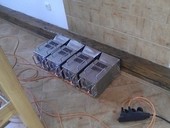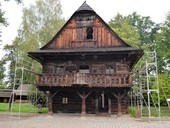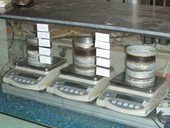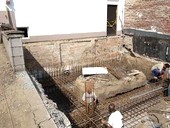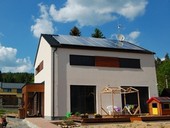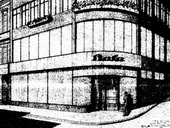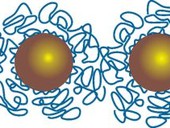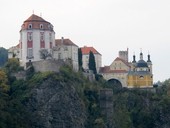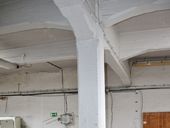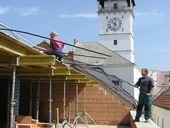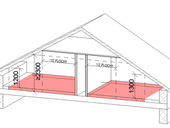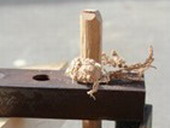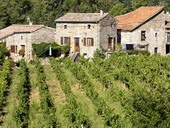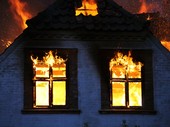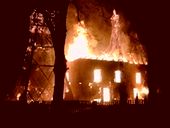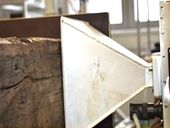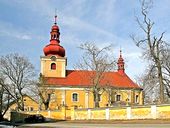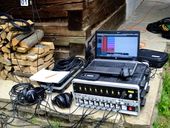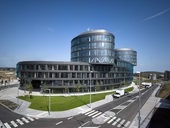This paper discusses the practical use of microwave technology in construction practice. Opinions on the use of EMW devices are not only among the general public quite different. From boundless praise, to the uncritical condemnation. The reason for this situation is the lack of awareness of experts and the public about what is and what is not possible to expect from this technology.The article conclusions which we reached on the basis of experiments conducted at the Faculty of Civil Engineering Brno and subsequently verified measurements in field practice. The aim is to provide basic information about how to use microwave technology. Their benefits but also the risks that this technology brings along.
Newsletter
Přihlaste se k odběru newsletteru a my vám každý týden pošleme přehled toho nejlepšího z TZB-info!
více o newsletteru
